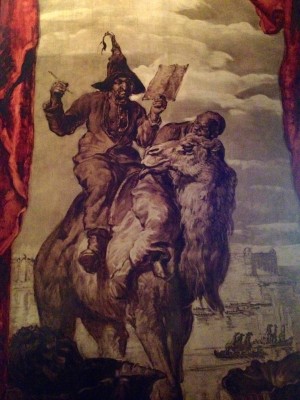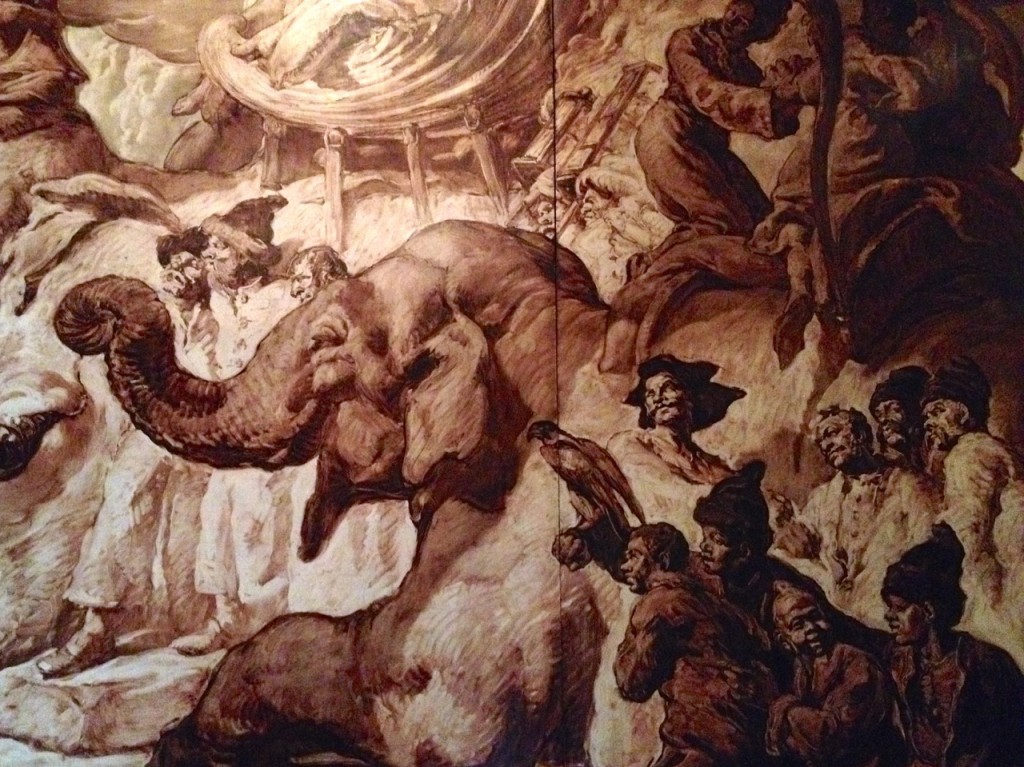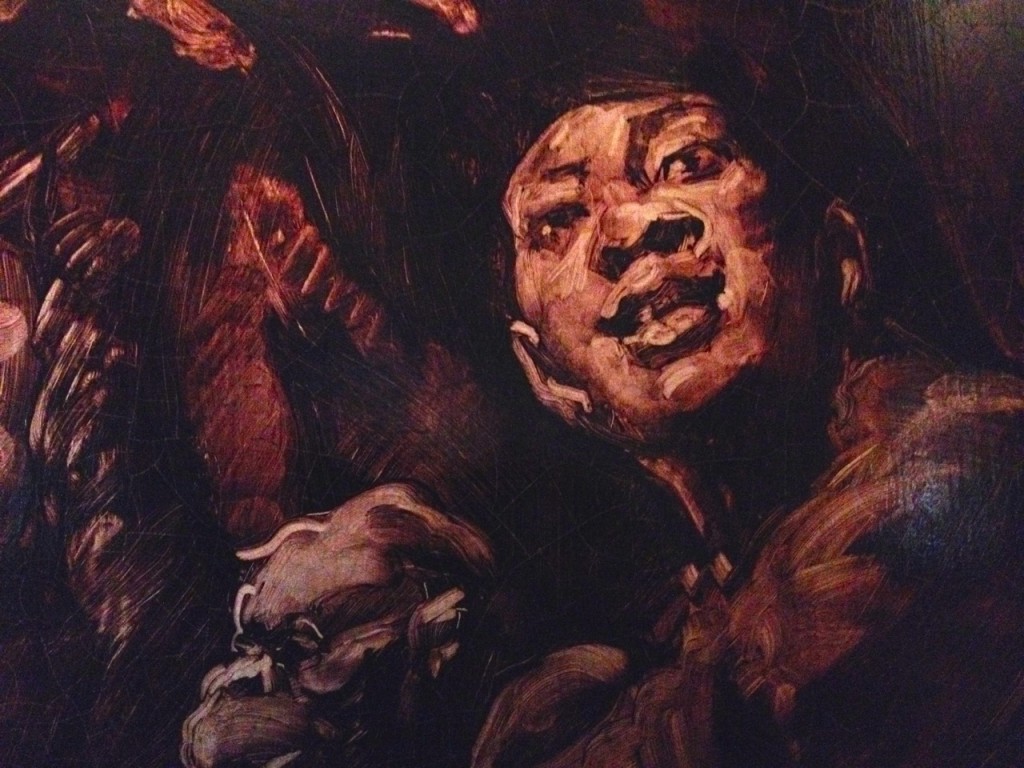 Musée Carnavalet is dedicated to the history of Paris from its origins to the present day. It is housed in two neighboring mansions: the Hôtel Carnavalet and the former Hôtel Le Peletier de Saint Fargeau, and was opened to the public in 1880. This museum constantly surprises me. They seem to close off parts of it for restoration quite frequently, and open others, so you can find yourself somewhere you have never been before. It is a wonderful place and has a vast assortment of diverse objects, furniture and paintings. About 2,600 paintings, 20,000 drawings, 300,000 engravings and 150,000 photographs, 2,000 modern sculptures and 800 pieces of furniture, thousands of ceramics, many decorations, models and reliefs, signs, thousands of coins, countless personal items, many of them souvenirs of famous characters, and thousands of archeological fragments – to be more precise. It encompasses the Renaissance to today. Being the museum of Paris history, it has many diverse images of the city, including some intricate and fascinating original three dimensional models showing how Paris used to be. You can also see many portraits of characters who played an important role in the history of the capital, and many works showing events which took place in Paris, especially the revolutions and scenes of the daily life for all the social classes.
Musée Carnavalet is dedicated to the history of Paris from its origins to the present day. It is housed in two neighboring mansions: the Hôtel Carnavalet and the former Hôtel Le Peletier de Saint Fargeau, and was opened to the public in 1880. This museum constantly surprises me. They seem to close off parts of it for restoration quite frequently, and open others, so you can find yourself somewhere you have never been before. It is a wonderful place and has a vast assortment of diverse objects, furniture and paintings. About 2,600 paintings, 20,000 drawings, 300,000 engravings and 150,000 photographs, 2,000 modern sculptures and 800 pieces of furniture, thousands of ceramics, many decorations, models and reliefs, signs, thousands of coins, countless personal items, many of them souvenirs of famous characters, and thousands of archeological fragments – to be more precise. It encompasses the Renaissance to today. Being the museum of Paris history, it has many diverse images of the city, including some intricate and fascinating original three dimensional models showing how Paris used to be. You can also see many portraits of characters who played an important role in the history of the capital, and many works showing events which took place in Paris, especially the revolutions and scenes of the daily life for all the social classes.
 This time, my friend Karlie and I were surprised to find ourselves in an amazing room covered in white gold and Brunaille paintings (a painting that is executed entirely or primarily in shades of brown). I never knew this room existed. It was painted for the Hôtel de Wendel (started in 1924 and finished in 1925) by Josep Maria Serti Badia (1874 – 1945). He was a Spanish muralist, the son of an affluent textile industry family and a friend of Salvador Dalí. Particularly known for his grisaille style, often in gold and black, Josep Maria painted the walls and ceilings of this room with fantasy images executed in a rapid brush style. It depicts a Royal procession of the Queen of Saba, who is followed by a cohort of elephants, philosophers, musicians and jugglers and astrologers. It was acquired from the Wendel family by the Ville de Paris in 1981. It is a lively, fascinating and well executed mural in a distinct style, and worth a visit to the museum to see this alone.
This time, my friend Karlie and I were surprised to find ourselves in an amazing room covered in white gold and Brunaille paintings (a painting that is executed entirely or primarily in shades of brown). I never knew this room existed. It was painted for the Hôtel de Wendel (started in 1924 and finished in 1925) by Josep Maria Serti Badia (1874 – 1945). He was a Spanish muralist, the son of an affluent textile industry family and a friend of Salvador Dalí. Particularly known for his grisaille style, often in gold and black, Josep Maria painted the walls and ceilings of this room with fantasy images executed in a rapid brush style. It depicts a Royal procession of the Queen of Saba, who is followed by a cohort of elephants, philosophers, musicians and jugglers and astrologers. It was acquired from the Wendel family by the Ville de Paris in 1981. It is a lively, fascinating and well executed mural in a distinct style, and worth a visit to the museum to see this alone.
Carnavalet Museums website
16 rue des Francs-Bourgeois, 75003 Paris
Open daily from 10am to 6pm, except Mondays and public holidays. Last entrance at 5.30 pm. Ticket office closes at 5 pm.


